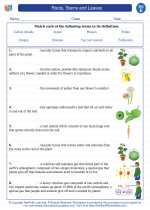Aquatic Habitats
An aquatic habitat is a place where plants and animals live in or around water. There are two main types of aquatic habitats: freshwater habitats and marine habitats.
Freshwater Habitats
Freshwater habitats include rivers, lakes, ponds, and wetlands. These habitats are home to a wide variety of plants and animals, including fish, amphibians, insects, and birds. Freshwater habitats are essential for providing drinking water, supporting agriculture, and maintaining biodiversity.
Marine Habitats
Marine habitats are found in the ocean and can be divided into several zones, including the intertidal zone, the neritic zone, the open ocean, and the deep sea. Marine habitats are home to an incredible diversity of life, including fish, invertebrates, marine mammals, and sea birds. These habitats play a crucial role in regulating the Earth's climate and providing a source of food and livelihood for millions of people.
Factors Affecting Aquatic Habitats
Several factors can affect the health and biodiversity of aquatic habitats, including water quality, temperature, availability of food, and the presence of pollutants. Human activities such as pollution, habitat destruction, and overfishing can also have a significant impact on aquatic ecosystems.
Study Guide
- What are the two main types of aquatic habitats?
- Give examples of freshwater habitats.
- Describe the different zones of marine habitats.
- Explain the importance of aquatic habitats for maintaining biodiversity.
- Identify and explain the factors that can affect the health of aquatic habitats.
- Discuss the impact of human activities on aquatic ecosystems.
◂Science Worksheets and Study Guides Fifth Grade. Roots, Stems and Leaves

 Activity Lesson
Activity Lesson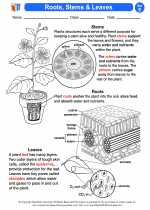
 Worksheet/Answer key
Worksheet/Answer key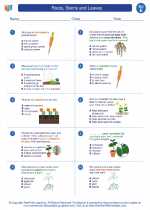
 Worksheet/Answer key
Worksheet/Answer key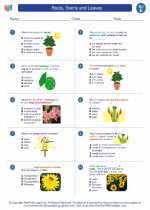
 Worksheet/Answer key
Worksheet/Answer key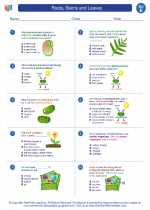
 Worksheet/Answer key
Worksheet/Answer key
 Vocabulary/Answer key
Vocabulary/Answer key
 Vocabulary/Answer key
Vocabulary/Answer key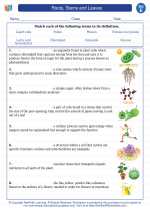
 Vocabulary/Answer key
Vocabulary/Answer key